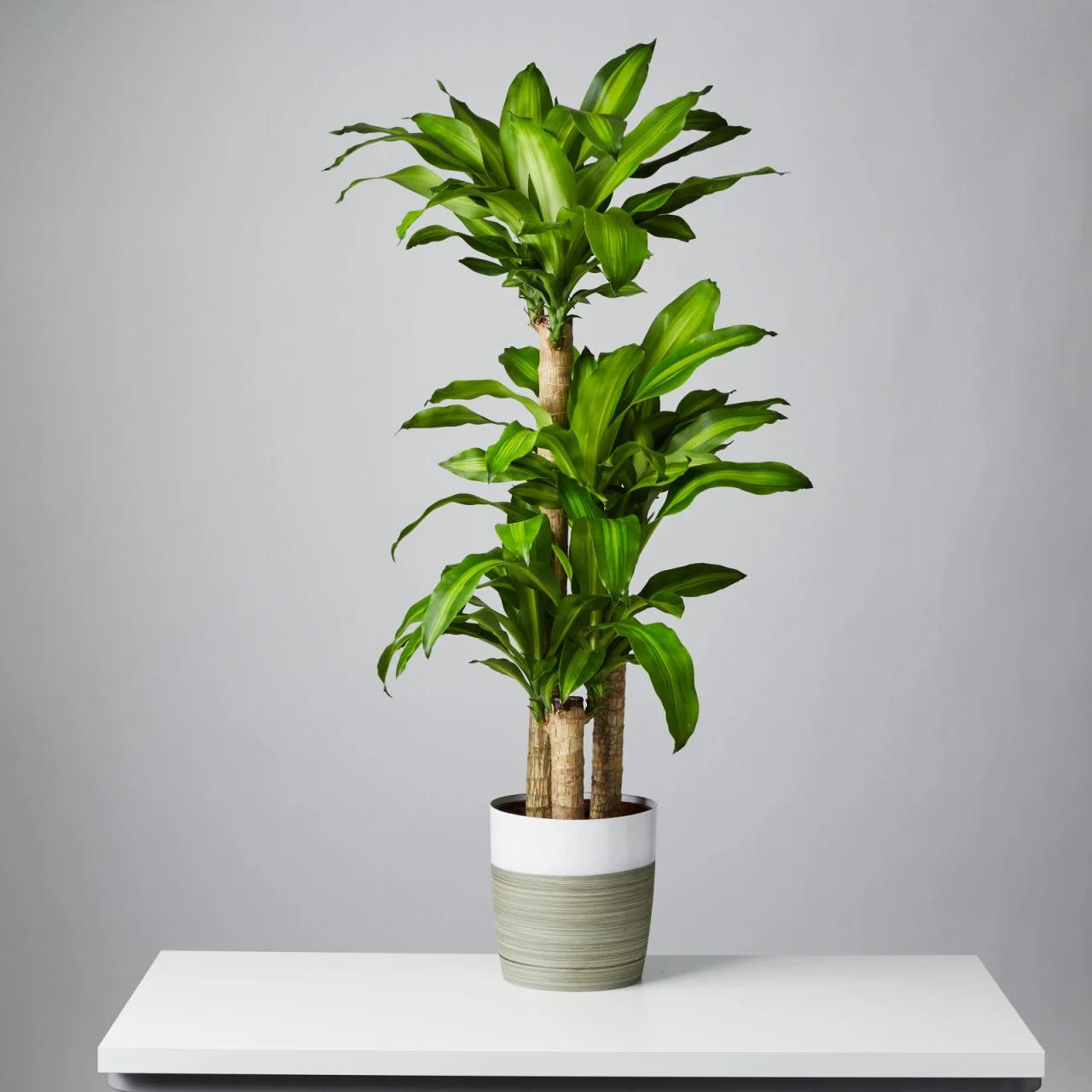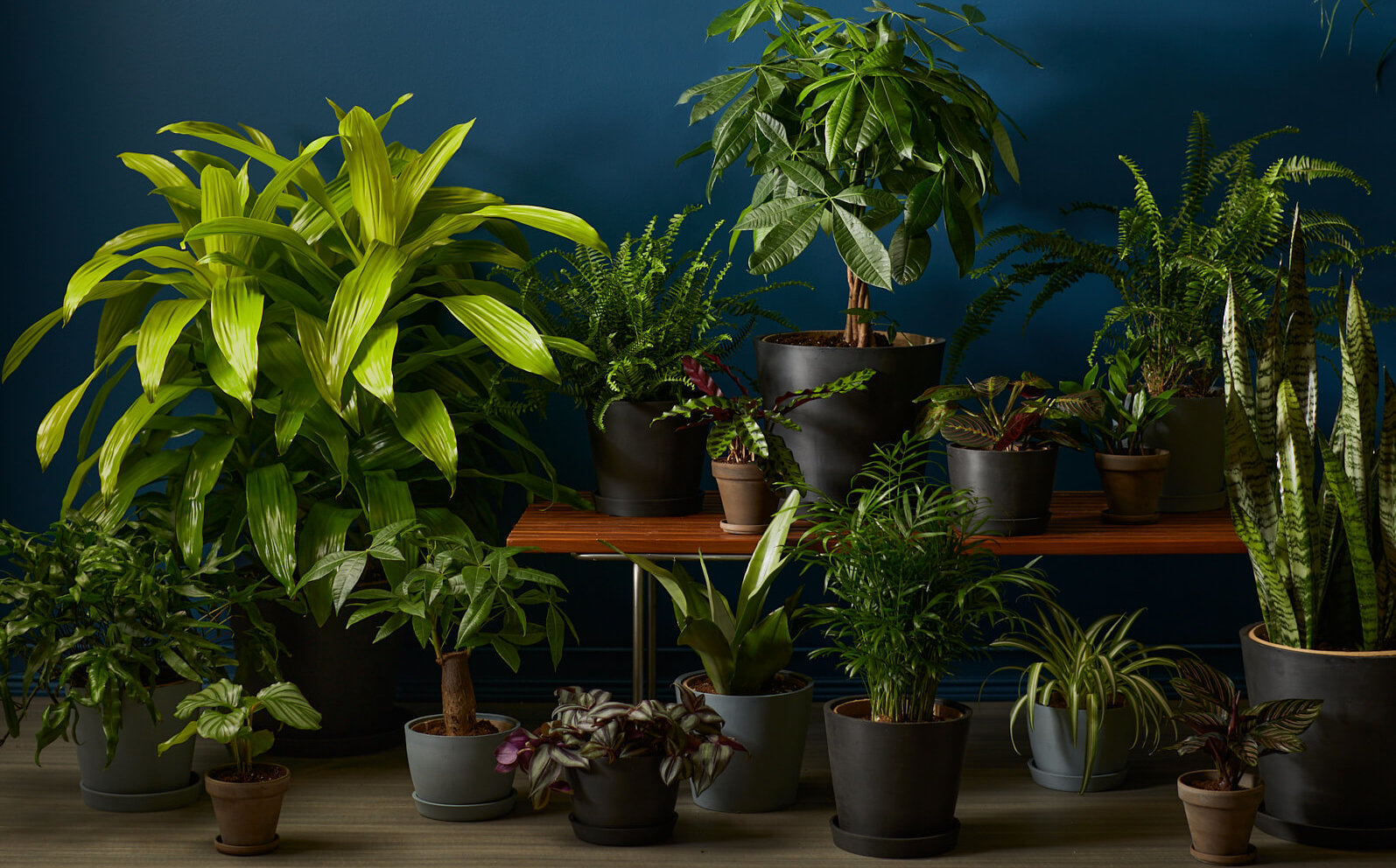Create a Lush Indoor Oasis with the Best Low-Light Indoor Plants
Create a Lush Indoor Oasis with the Best Low-Light Indoor Plants
Blog Article
Transform Your Home With Beautiful Low-Light Indoor Plants and Their Advantages
Incorporating low-light interior plants into your home can substantially improve both the ecological and aesthetic quality of your living rooms. These plants, which prosper in dark conditions, offer not only as ornamental components but additionally as all-natural air cleansers, making them ideal for metropolitan occupants or those with restricted sunlight direct exposure. As we explore the various sorts of low-light plants and their advantages, you may discover surprising methods to integrate them right into your home that can change your surroundings in means you may not have actually anticipated.
Benefits of Low-Light Plants
Low-light plants offer numerous advantages for indoor atmospheres, making them an excellent choice for both beginner and skilled gardeners. Among the main advantages is their adaptability to low-light conditions, enabling individuals to enhance their space without the requirement for considerable sunlight direct exposure. This characteristic makes them suitable for homes, workplaces, and other locations with restricted all-natural light.

In addition, integrating low-light plants into home decor can elevate the aesthetic charm of a room. Their rich foliage and differed appearances develop a calming environment, adding to total well-being. Lastly, the visibility of greenery has actually been linked to minimized stress degrees and enhanced productivity, making low-light plants a practical choice for improving both mental and physical wellness in indoor setups.
Top Low-Light Indoor Plants
While many interior plants prosper in brilliant light, a number of varieties are especially fit for low-light problems, making them excellent for different indoor rooms. One preferred option is the Serpent Plant (Sansevieria), understood for its striking upright leaves and strength, needing minimal treatment. Another superb choice is the Pothos (Epipremnum aureum), which features heart-shaped fallen leaves and can trail wonderfully from hangers or racks, thriving in reduced light and adding a lush touch.
The ZZ Plant (Zamioculcas zamiifolia) is commemorated for its shiny fallen leaves and capacity to endure forget, making it best for hectic lifestyles. Similarly, the Tranquility Lily (Spathiphyllum) not only endures reduced light yet likewise generates stunning white blooms, improving any type of room's visual.
For a distinct touch, take into consideration the Cast Iron Plant (Aspidistra elatior), which without a doubt measures up to its name, flourishing in the darkest edges of your home. The Chinese Evergreen (Aglaonema) provides a variety of leaf patterns and shades while being extremely forgiving in low-light problems. These plants not just improve interior atmospheres yet additionally contribute to air purification, improving your living room.
Treatment Tips for Low-Light Plants

Sprinkling techniques are crucial; these plants frequently like a little dry problems. Overwatering can bring about root rot, so guarantee that the top inch of dirt is completely dry prior to sprinkling once more. Usage pots with drain openings to permit excess wetness to run away.
Humidity is another crucial element. Many low-light plants, such as ferns and tranquility lilies, gain from greater humidity degrees. To enhance moisture, think about misting the leaves or putting a tray of water near the plants.
Fertilization must be come close to with care. Throughout the growing season, make use of a watered down, balanced fluid fertilizer every month to sustain development, yet prevent feeding during the dormant cold weather.

Innovative Ways to Display Plants
Interior plants can act as exciting prime focus in any space, boosting both visual charm and dig this ambiance. Imaginative display screens can raise find more the aesthetic effect of low-light plants, making them an important component of your home decor. One effective technique is to utilize tiered plant stands, which allow you to showcase several plants at varying elevations while maximizing floor space.
Hanging planters are an additional ingenious alternative, producing a sense of depth and attracting the eye upwards. Take into consideration macramé hangers or wall-mounted shelves to introduce a distinct texture and design.
For an extra organized approach, usage geometric terrariums or glass containers to house your plants, including a modern-day touch to your indoor garden. You can also repurpose classic things, such as teacups or wooden pet crates, for an eclectic display screen that shows your individuality.
Enhancing Home Ambiance With Plants
Integrating low-light plants right into your home not only boosts visual allure but likewise adds dramatically to the overall atmosphere. These plants function as natural design elements, introducing a feeling of harmony that can transform any type of room. The visibility of plant fosters a relaxing ambience, which is particularly useful in high-stress atmospheres such as home workplaces or living spaces.
Low-light plants, such as serpent plants, pothos, and ZZ plants, are not just cosmetically pleasing but likewise improve indoor air top quality by filtering contaminants. This dual function boosts the ambiance further, producing a healthier space (Best low-light indoor plants). The critical positioning of these plants can likewise influence the perception of area; for example, tall plants can draw the eye up, making ceilings show up higher and areas more roomy
Additionally, differing textures and shades of vegetation include depth to interior style, permitting for imaginative expression in home styling. Whether put on shelves, in corners, or as focal points, low-light plants can boost the mood of any kind of space. In recap, including these plants right into your home is a reliable way to promote a warm, welcoming ambience while profiting of boosted air quality and visual flexibility.
Verdict
Incorporating low-light indoor plants into home settings provides various advantages, consisting of improved visual appeal and enhanced air quality. These resistant plants, such as the Serpent check it out Plant and Peace Lily, require marginal light and maintenance, making them ideal for diverse way of livings.
While many indoor plants prosper in intense light, numerous species are particularly well-suited for low-light conditions, making them excellent for different indoor rooms. One reliable method is to utilize tiered plant stands, which enable you to showcase numerous plants at differing heights while making best use of flooring room.
Low-light plants, such as snake plants, pothos, and ZZ plants, are not just visually pleasing however additionally improve interior air quality by filtering pollutants. Best low-light indoor plants. The calculated positioning of these plants can additionally influence the assumption of room; for instance, tall plants can draw the eye upward, making ceilings show up higher and rooms much more roomy
These resistant plants, such as the Serpent Plant and Tranquility Lily, call for very little light and upkeep, making them suitable for varied way of lives.
Report this page